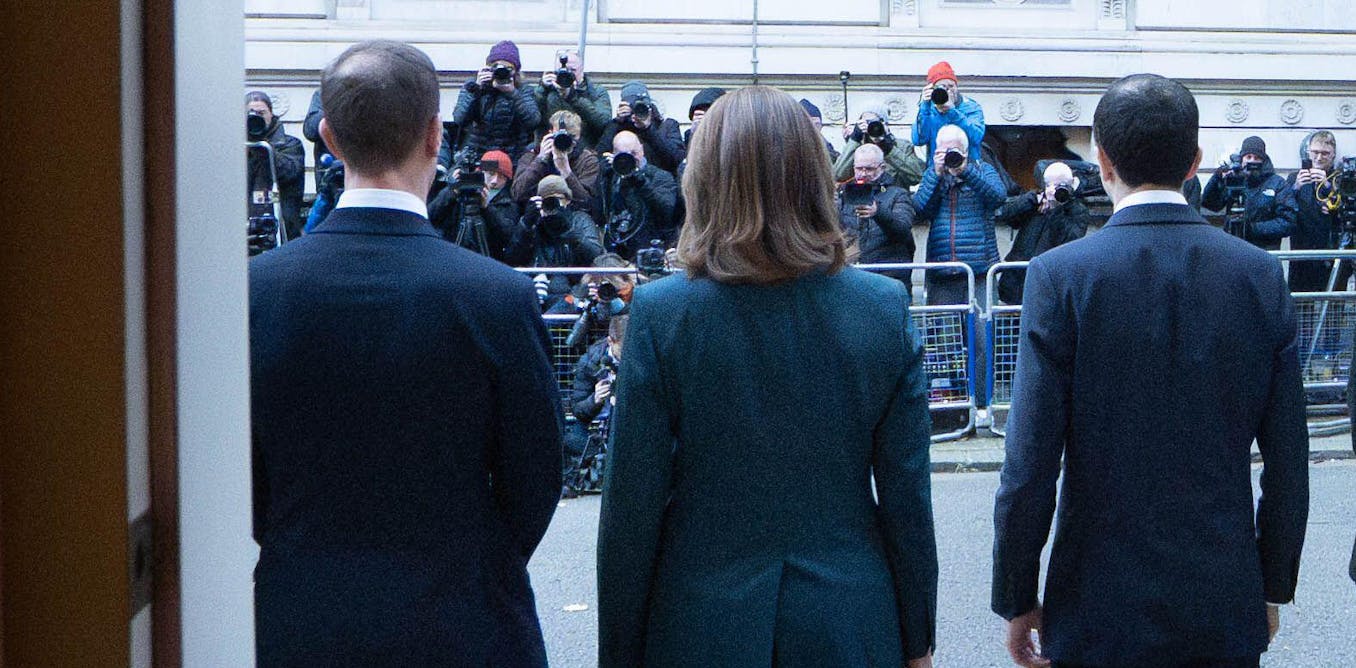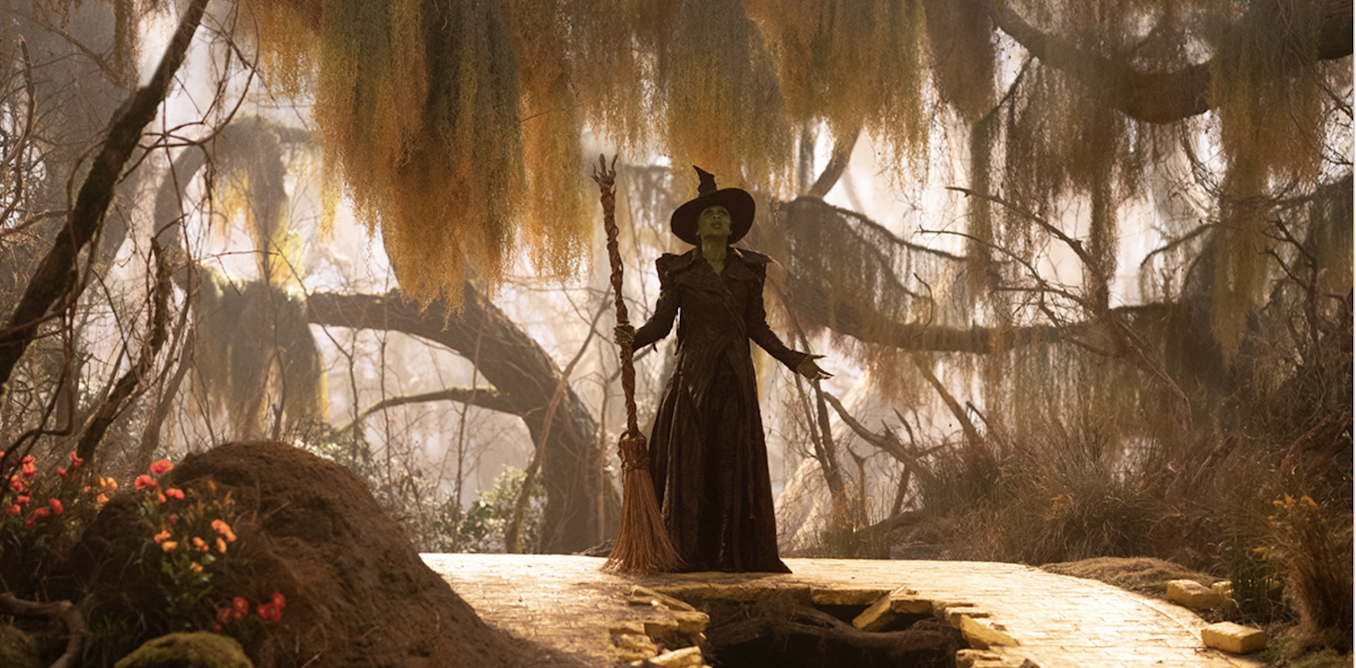Art market prognosticators who were hoping to divine what the remainder of the year will hold likely found their tea leaves left a bitter aftertaste following Sotheby’s Contemporary Curated auction, which wrapped late Friday afternoon in New York City.
The sale, which was organized by marquee sports agent, entrepreneur, and New York Times best-selling author Rich Paul, brought in almost $20.5 million (all figures reported include fees and buyer’s premium) safely in-between the presale estimate of $17 million to $25 million.
For the most part, the sale progressed at a brisk pace, with each work earning a handful of bids before the hammer dropped and the four auctioneers—two in the first half of the sale, which started at 11 am, and two in the second which started at 2 pm—keeping things moving along. That momentum, however, was not at all matched in the prices achieved. Estimate-wise, it was an afternoon of low accuracy and low precision. A visual representation of the sale would resemble pocked and tattered archery target, with, sure, some holes in the bullseye, but three times as many scattered across the targets face. Still, according to the auction house, one third of the works sold above their high estimate, so that’s something.
The opening moments looked promising. A feverish, burnt sienna meditation in oil, graphite, and pastel by Emmi Whitehorse, Current (1994) brought in $96,000 on a high estimate of $50,000. The next few lots easily surpassed their low, and occasionally their high, estimates. But that didn’t last long. A pair of works by Fernando Botero both sold for less than their low estimates, as did a rather nice Takako Yamaguchi from 1980, Waiting For the Full Moon #6. A short while later Willem de Kooning’s Litho #1 (Waves #1), a Franz Kline-ish lithograph on ivory smooth wove paper failed to sell despite a $280,000 bid, just $20,000 shy of its low estimate.
Ruth Asawa’s hanging multi-lobed wire sculpture, Untitled (S.467, Hanging Four-Lobed Continuous Form with a Sphere in the Second Lobe) from 1951 then swiftly blew past it’s high estimate of $3 million in a quick round of spirited bidding, which might make one think perhaps the lackluster showing in the previous lots was a matter of taste and not price. The sculpture sold for $4.08 million, a landmark for a midseason sale. Another Botero popped up, the jaunty, bulbous party scene The House of Ana Molina (1972), which inspired one of the few drawn-out bidding wars, a slow burn that raised the collective temperature in the bidding room after nearly 50 back and forth bids between the someone in the room, a specialist on the phone, and an online bidder and four calls of fair warning from auctioneer David Pollack before the work sold for $1.02 million
There were other high points, a lovely work by Cecily Brown, 2001’s Red Rum, nailed its low estimate of $1.8 million. Dana Schutz’s Eye Eater (2004) also broke the million dollar mark after a round of bidding that made Sotheby’s specialists emotional. “There’s a lot of sighing over there,” auctioneer Quig Brunning said as he faced the phone banks, eyebrow raised, “it’s only a painting.”
But the highs were matched by lows. Fifteen works failed to sell, more than 12 percent of the 122 lots failed to sell, including works by Robert Rauschenberg, Richard Artschwager, Richard Prince, George Condo, Eric Fischl, Larry Poons and David Salle. Still, maybe it’s not all that bad. There were 22 lots withdrawn from both the March 2024 and September 2023 Curated Contemporary sales also.

Perhaps the greatest success happened before the sale even started. Rich Paul is exactly the kind of person Sotheby’s wants to align with, someone who embodies the house’s increased focus on the broader definition of what a collector is—a definition that includes high net worth individuals interested in sports memorabilia or classic cars or wine as much as they are contemporary or modern art.
Paul has his art world bone fides, having been elected to the board of directors at the Los Angeles County Museum of Art in 2022. But he’s much more famous for his work with KLUTCH Sports Group, which he founded in 2012, and for representing stars like LeBron James, Anthony Davis, and Zach LaVine. He’s also built a reputation advocating athlete empowerment and encouraging his friends and clients to look towards the art world.
“One of the things I do is I take [my clients] around to these museums and these galleries to help them better understand that there’s more areas to park your finances in than just clothes and shoes and cars because all those are depreciating assets,” Paul said last year in an interview with Culture Type. Much like Sotheby’s aspirations as a brand, Paul’s reputation stretches across industries. He serves on the boards of Live Nation, Designer Brands Inc., and the United Talent Agency and ,in 2023, Paul further expanded his impact by releasing his memoir Lucky Me, which became a New York Times bestseller.
It is notable that the works Paul chose to be included in the sale, including pictures by Sam Gilliam, Derek Fordjour, Frank Bowling and Mark Bradford, all sold.

The post “Sotheby’s Contemporary Curated Sale, Organized by Rich Paul, Earns Over $20M on Shaky Ground” by Daniel Cassady was published on 09/28/2024 by www.artnews.com






































Leave a Reply